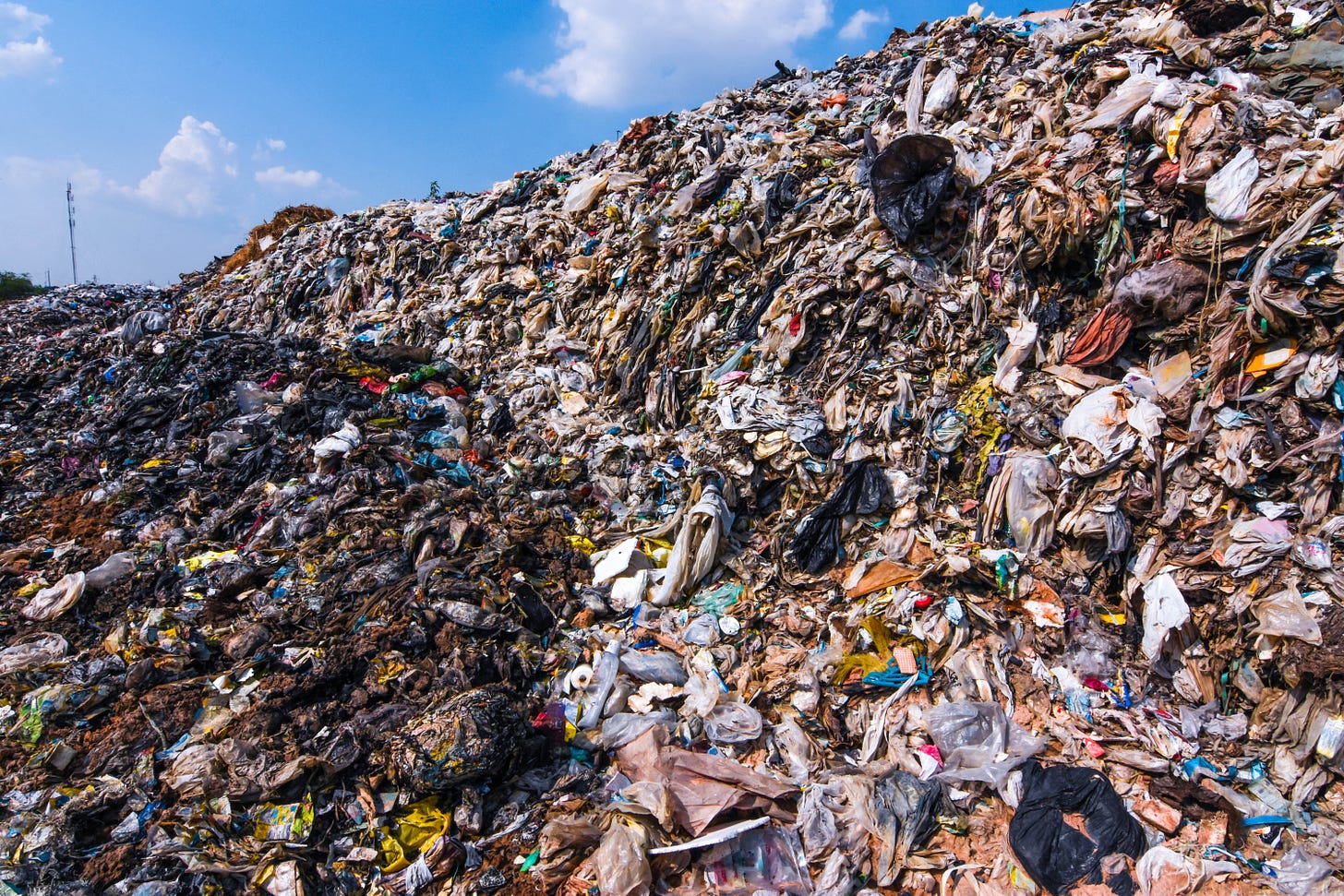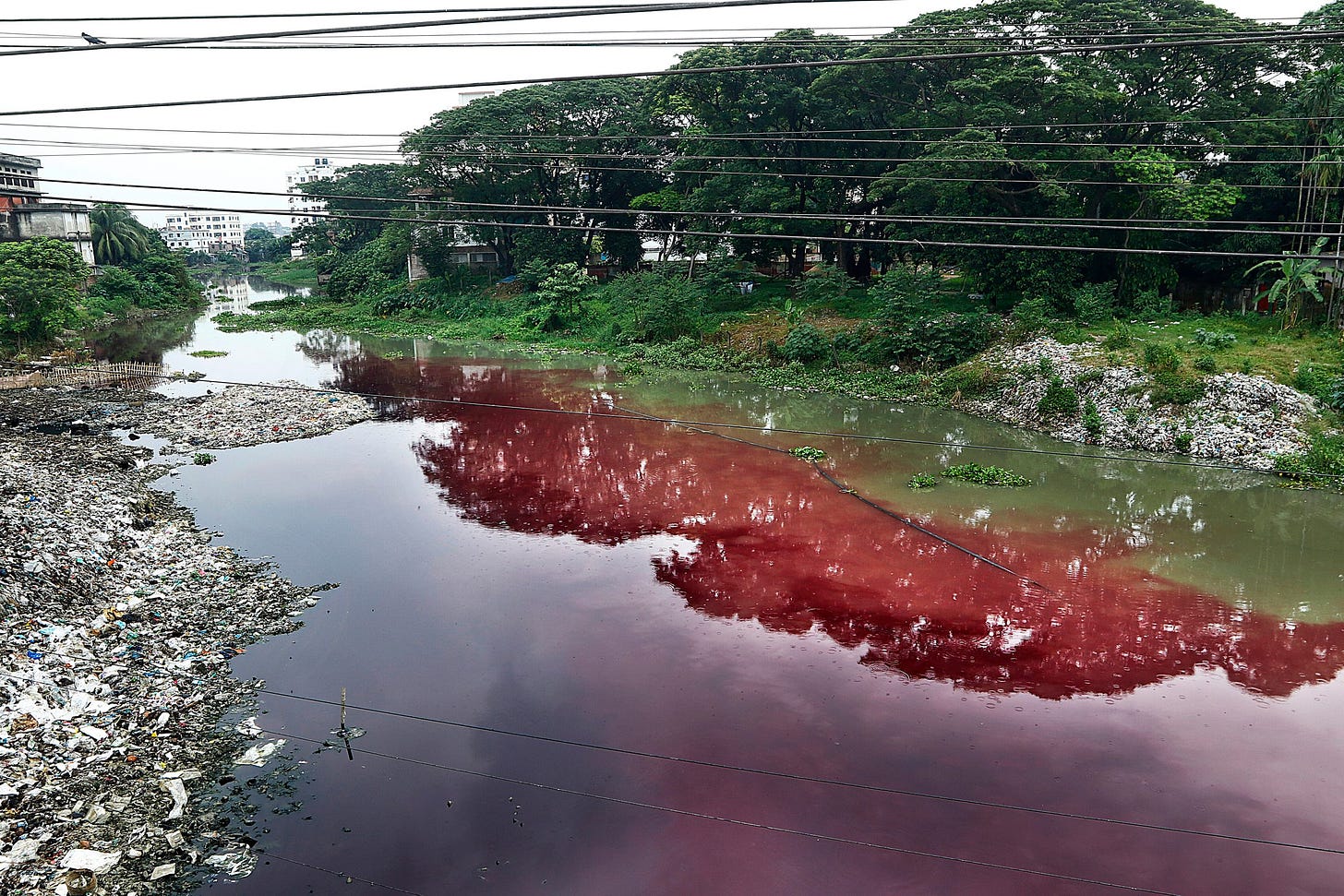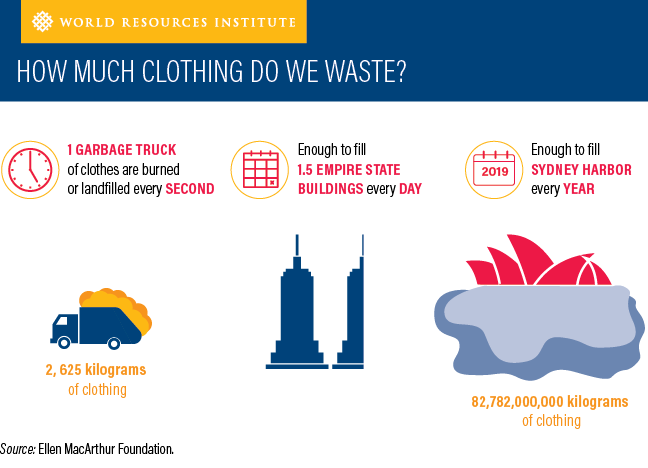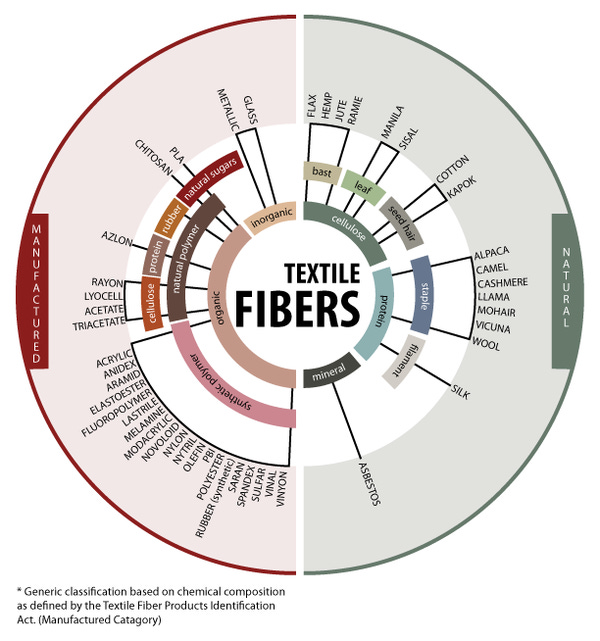👋 Hi friends, happy Friday! Welcome back to This Week in Retail.
I wanted to give a quick welcome to all of my new subscribers and say thank you to those of you who have been following me here for a while. I put a ton of work into this weekly newsletter and it means so much to me to have you all here.
If you know someone who would love this newsletter, please share it out! I also always love to hear your feedback so feel free to respond to this email with any topics you’d like me to cover.
This week will be part one of a two-part series discussing the environmental impacts of fashion and how we can rebuild the industry for a brighter future.
We’re entering the Holiday season, and in America, that means one thing: shopping. Although, this year might be a bit different..
The pandemic has had a profound impact on consumer sentiment as it relates to the environment and consumption. While people have been forced to spend more time at home and outdoors, consumers have been able to take time to reflect on the impact that they have on the world around them.
As the consumer’s attention shifts towards protecting our environment, the fashion industry is quickly being exposed as one of the most environmentally harmful businesses in the world.

No Easy Fix
Contrary to popular belief, there isn’t one single thing that we can point to as the key contributor to the environmental harm that the fashion industry causes. Which means that there is no easy fix.
The environmental damage stems from a much larger systemic and cultural issue rooted in the way we consume.
The Dirty
America has the largest economy in the world, but this wealth creation comes at a cost. To feed the expectation for constant growth, consumers must keep buying more and more every year.
Enter the hyper-consumerist economy. Create, Consume, Throw-Away, Repeat.
This expectation of growth drives the fashion industry to produce and sell somewhere between 80 billion and 150 billion garments a year globally.
On top of that, the average American throws away roughly 81 pounds of clothing annually. This amounts to 26 billion pounds of textiles and clothes ending up in landfills each year, the majority of which are not able to be recycled.
There is an enormous disconnect in our society between increasing clothing consumption and the resulting waste.
Built to Break
The massive globalization of the fashion industry over the last 30 years has also reshaped the way we consume. With the influx of cheap labor and materials from overseas, the production focus has shifted towards quantity over quality.
The pressure to sell more goods and maximize profits has created a manufacturing ecosystem that is equally as destructive to our environment as the clothing it produces.
Brands and retailers use cheap, exploitative labor and environmentally harmful chemicals to mass-produce low-quality goods. This process creates huge amounts of greenhouse gas emissions, depletes water sources, and dumps carcinogenic chemicals, dyes, salts, and heavy metals into waterways.
In fact, in 2018 the fashion industry was responsible for 2.1 billion metric tons of greenhouse gas (GHG) emissions, about 4% of the global total. For context, that is as much GHG emission as the entire economies of France, Germany, and the United Kingdom combined.

The push to create cheaper clothes means cheaper materials, or “synthetics”. These materials, polyester, rayon, and nylon among the most popular, are made entirely from chemicals and are non-biodegradable. The non-biodegradable nature of these fabrics means that recycling is extremely difficult and oftentimes impossible.
More than 60% of fabric fibers are now synthetics, derived from fossil fuels, so if and when our clothing ends up in a landfill (about 85% of textile waste in the United States goes to landfills or is incinerated), it won’t decay.
These synthetic materials are also not as durable as natural materials, so they don’t last as long. This means we go through clothing quickly, and the cycle of hyper-consumption continues.
Looking Forward
For many years, the fashion industry has focused on driving growth and maximizing profits at all costs. Now, however, consumer demand will likely force the industry to reimagine itself as a sustainable, circular eco-system.
Next week we will dive into possible solutions for this problem and talk through some exciting innovations in the fashion industry!
Retail News:
-
Ulta x Target: Target and Ulta Beauty have struck a deal to open makeup and skincare shops inside of hundreds of Target stores across the country. Each shop will be about 1,000 square feet and will be staffed with Target employees trained by Ulta.
-
Peloton Partners with Beyonce: Peloton announced a multiyear deal with the singer on Tuesday that will include a curated series of themed workouts across all categories offered on the Peloton app, including cycling, running, strength, boot camp, yoga, and meditation.
-
Walmart Tests Self Driving Delivery: Walmart is piloting contactless deliveries with a self-driving car company, Cruise, in Scottsdale, Arizona. Starting in early 2021, customers can have orders delivered from local Walmart locations through Cruise’s self-driving electric cars. The partnership is part of the retailer’s overall autonomous vehicle testing and effort to understand the technology’s role in retail going forward, the company said.
-
Revolve Earnings: Revolve Group (RVLV) came out with quarterly earnings of $0.27 per share, beating the Zacks Consensus Estimate of $0.14 per share. However, Revolve’s net sales were down -3.6% YoY at $130.6 million.
-
I’ve shared my thoughts on revolve on tiktok, but I personally don’t see the long term vision for the company. I think they’ve built their business on short-sighted values, influencer marketing and trendy clothes. Neither of which I see as being key pillars of fashion in the future as shift our focus towards sustainability and the circular economy.
Follow me on Social!
-Jackie


Recent Comments